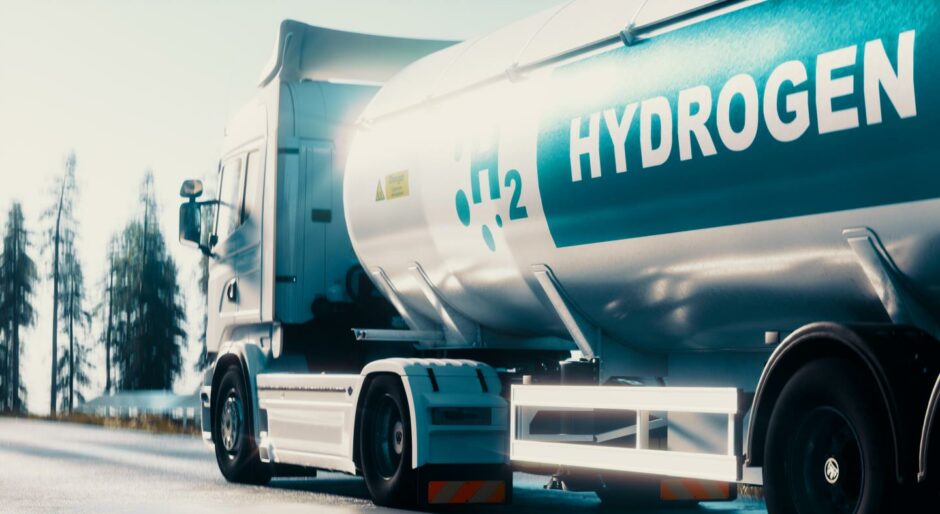
Governments must make “urgent, significant” policy interventions to ensure hydrogen opportunities don’t fade, a report has warned.
While it is accepted that hydrogen has a “crucial role” in decarbonising the world’s energy system, DNV says uptake will be too slow.
In Hydrogen Forecast to 2050, the technical advisory firm predicts the amount of hydrogen in the energy mix will be only 0.5% in 2030, and 5% in 2050.
But if the targets of the Paris Agreement are to be met, uptake would need to triple to meet 15% of energy demand by mid-century.
Remi Eriksen, group president and chief executive of DNV, said: “Hydrogen is essential to decarbonize sectors that cannot be electrified, like aviation, maritime, and high-heat manufacturing and should therefore be prioritized for these sectors.
“Policies do not match hydrogen’s importance. They will also need to support the scaling of renewable energy generation and carbon capture and storage as crucial elements in producing low-carbon hydrogen.”
According to the new report, green hydrogen – produced by splitting hydrogen from water using electrolysers – will be the dominant form of production by the middle of the century, accounting for 72% of output.
This will require a surplus of renewable energy, to power an electrolyser capacity of 3,100 gigawatts – more than twice the total installed generation capacity of solar and wind today.
Meanwhile, blue hydrogen – produced from natural gas with emissions captured – has a greater role to play in the shorter term.
Its competitiveness is expected to reduce as renewable energy capacity increases and prices drop.
Global spend on producing hydrogen for energy purposes from now until 2050 is expected to be £5.6 trillion.
An additional £148 million will be spent on hydrogen pipelines and £436bn on building and operating ammonia terminals, according to DNV’s forecasts.
Cost considerations will lead to more than 50% of hydrogen pipelines globally being repurposed from natural gas pipelines.
The superfuel will be transported by pipelines up to medium distances within and between countries, but not between continents.
Global hydrogen trade will also be limited by the high cost of liquefying the fuel for ship transport and the low energy density of hydrogen.
Ammonia, a derivative of the element, is expected to be traded globally as it is more stable and easier to transport.
Mr Eriksen said: “Scaling hydrogen value chains will require managing safety risk and public acceptance, as well as employing policies to make hydrogen projects competitive and bankable. We need to plan at the level of energy systems, enabling societies to embrace the urgent decarbonisation opportunities presented by hydrogen.”
Recommended for you


 © Supplied by DNV
© Supplied by DNV